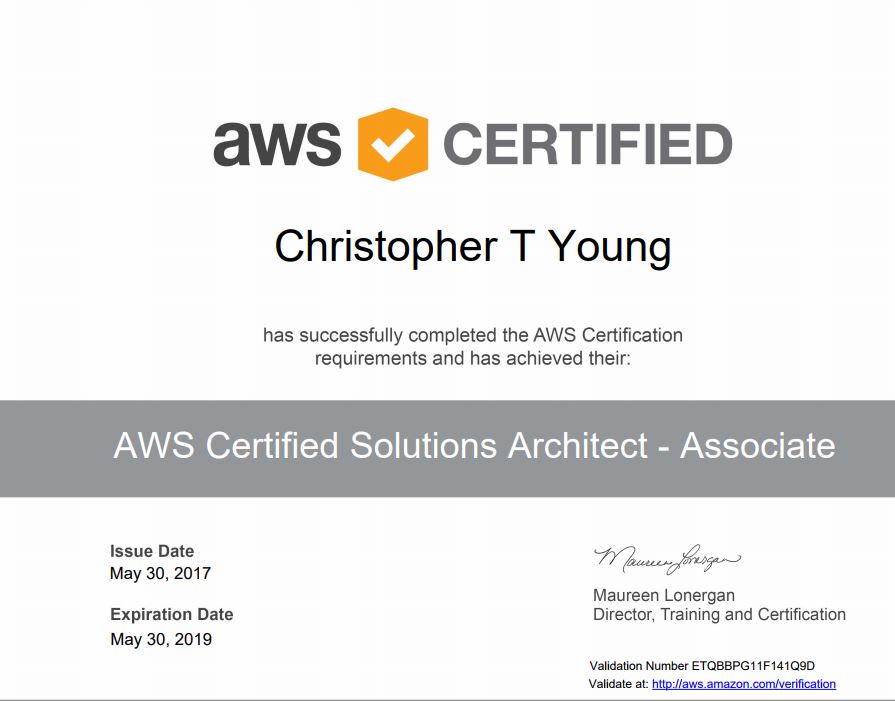It seems every single news article these days contains numerous vendors espousing how they could have prevented the latest malware threat. Every software and hardware vendor seems to have a solution that could have stopped the WannaCry ransomeware outbreak and will protect from the new Petya variant and then the next variant and so on.
Naturally this piqued my curiousity and begged the question “If every vendor has a preventative solution then why do exploits like this continue to keep happening at such alarming rates and with such devastating financial impact?”
I recently spent some time talking with folks who are the forefront of this who helped me to understand that while preventative measures do exist they are traditionally very complicated to deploy at scale and are only as good as the coverage applied. First off end system anti-virus software is utterly ineffective in keeping up with adaptive persistent threats in today’s landscape. You are just chasing your tail trying to keep up with the bad actors who actually test their exploits using your commercial anti-virus software. Not saying don’t use it or bother to keep it updated, just pointing out that this is not going to save us. Next, and really most important, is the reality that not every enterprise has the same security posture in every location that their users are accessing the internet and cloud based applications from. For various reasons it’s very difficult to have the same level of advanced security applied in all locations.
In order to really grasp this you first have to look at the history of traditional enterprise WAN design and where the security perimeter got applied. The legacy enterprise WAN was a Hub-and-Spoke topology designed to provide connectivity between branch offices (spokes) and the Corporate DC (Hub) because that’s where all the applications were running that you needed to access. With the advent of a mobile workforce VPN concentrators also got added to allow connections to these Corporate DC Hub hosted applications from anywhere. Internet access breakout was typically implemented at the Corporate DC Hub. With this Hub-and-Spoke model all end user traffic was coming into the Corporate DC so this is effectively the ‘chokepoint’ where all of the security measures were implemented.
So what do the security measures actually look like in one of these Corporate DCs? Well it’s pretty complex as no single security appliance can handle all of the functions required. Attempting to deliver comprehensive security at scale required multiple disparate components from multiple vendors. This means forcing your end user traffic through separate appliances for URL filtering, IDP/IPS, anti-malware, Data Loss Prevention (DLP), Next-gen FW, sandboxes and SSL inspection. This complicated and expensive array of appliances all need to be managed, updated and capacity planned independently as they all scale differently depending on the type of heavy lifting that they are doing. Then there is the need to interpret logs and threat data coming from all these devices in different formats in order to see whats happening and how effective these security measures really are.
The reality is that not every enterprise has or can deploy all of the above security measures at scale and make them available to every single end user. Some don’t have a expensive WAN circuit from every one of their remote branch offices to the Corporate DC and instead have deployed at the branch a local subset of the security measures that are normally found in the Corporate DC. Others may not be able to inspect all SSL encrypted traffic at scale creating a huge blindspot when looking for threats.
Enter WAN transformation…if you read the same tech trade rags that I do you may have heard about this thing called SD-WAN about a hundred times a day. With ever increasing Enterprise adoption of cloud based SaaS applications the end destination of most user traffic is the cloud and not the Corporate DC Hub where the security perimeter was built. Maintaining this Hub-and-Spoke model is costly from a WAN circuits perspective and highly inefficient leading to poor cloud based application performance. This is leading to Enterprises wanting to implement local internet access breakouts at each branch to allow for lower cost yet higher performance access to critically important cloud based applications like Office 365.
So if most of the applications my end users access are in the cloud and I want to provide direct internet access to those applications for high performance how do I secure my traffic headed to directly to the internet? As mentioned above stamping out a copy of the patch work of security appliances typically deployed in the Corporate DC security perimeter is cost prohibitive and an adminstrative nightmare. Shortcuts will be taken, coverage won’t be comprehensive and as expected the security posture of the entire Enterprise is only as good as it’s weakest link.
What would be really useful is the ability to point all of my end user locations whether branch offices or my mobile workforce to a cloud based security on-ramp. Hmm…isn’t this just another version of the hub-and-spoke design? If done poorly then yeah, it would be. To do this right you would need to have a cloud based security platform that has a global footprint of DCs colocated at IXPs (Internet Exchange Points) where all the major cloud providers interconnect as well. This provides high availability as well as high performance in that each end user location is serviced by the closest cloud DC based security platform. The security platform itself should efficiently scan ALL (including encrypted traffic) of my end user traffic through a comprehensive and optimized pipeline of security functions. What this would essentially provide is an elastically scalable, high performance w/ low latency, advanced security platform that is always on with single pane of glass management and reporting and of course utility based pricing. Basically all of the promises of the cloud, just now applied to advanced network security. Adding new branch sites or mobile workforce users in this model and calculating future costs is incredibly simple. You would no longer need to worry about procuring applicances, capacity planning, designing for HA, software updates, licensing or any of the other hurdles encountered in attempting to implement this in your own environment.
It sounds like unicorns and rainbows…however this cloud based security platform model already exists. Zscaler with it’s Internet Access service appears to have pioneered the approach of going “all in” on completely cloud based delivery with other companies like Opaq adopting a cloud first security platform model as well. Traditional security vendors like Palo Alto have come on board last week with Global Protect, their own version of a cloud based offering. Juniper, through their Software Defined Secure Networking (SDSN) solution, is delivering sandboxing in the cloud via Sky ATP combined with automated mitigation and quarantining via their traditional sw or hw based on-prem security appliances and a growing ecosystem of multi-vendor switches. Besides aspects of their solutions being delivered from the cloud, what else is common in all these offerings is the ability to share detected threat data immediately across all of their customer base.
My goal was not to list every vendor or get into the merits of the specifics of each vendor’s implementation or who you should evaluate…lets leave that as an exploratory exercise for the Enterprise looking for a security solution to accomdate their WAN transformation projects and up level their existing security posture across the Enterprise. Just wanted to acknowledge that moving advanced security measures to the cloud appears to be the future of Enterprise security and for really good reasons.
Disclaimer: The views expressed here are my own and do not necessarily reflect the views of my employer Juniper Networks


